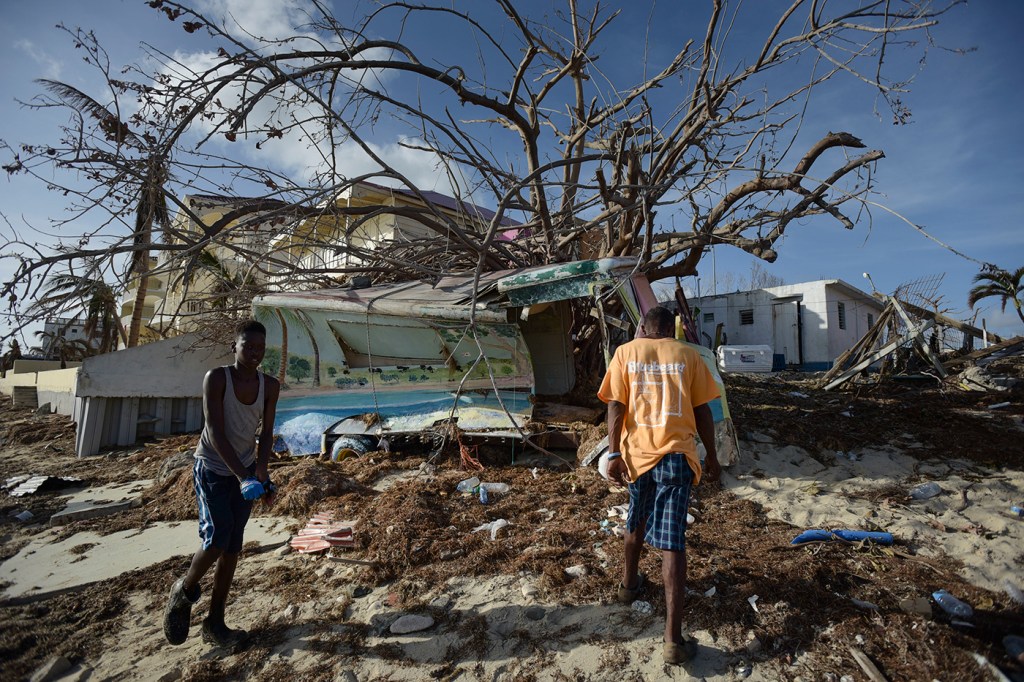After recent disasters, Northeastern students, faculty help map crisis response

In the past month alone, hurricanes have pummeled Caribbean islands and parts of the U.S., causing catastrophic damage. Last week, Hurricane Maria all but destroyed Puerto Rico’s power grid, leaving 3.4 million people without electricity. Earlier, Hurricane Irma thundered through Florida and the Caribbean, effectively flattening the small island country of Barbuda. And it was less than a month ago that Hurricane Harvey slammed Texas and Louisiana.
In these cases and others like them, the damage is so widespread that it can be difficult to know where to begin recovery efforts. Enter Northeastern students and faculty who are helping to map the destruction and aid rescue groups in identifying critical areas for response.
Students and faculty in Northeastern’s Geospatial Services program are often doing the work remotely, pulling from scores of available satellite, image, and drone data to create real-time maps that help rescuers from the U.S. Coast Guard, Department of Homeland Security, and other agencies know where to focus relief efforts.
“We concern ourselves with disaster response,” said associate teaching professor Cordula Robinson. “After disasters like Harvey, Irma, Maria, the floods in Bangladesh, or the earthquakes in Mexico, we can respond and map to see how things were impacted. Because when you’re smacked in the face with these things, it’s much harder to react without that.”
Robinson is collaborating with Thomas Mueller, lecturer and assistant director of the National Geospatial Technology Center of Excellence, and a few dozen students to contribute to open source geospatial maps online—places such as OpenStreet Map and StandBy Taskforce—detailing information on more than 100 locations in Texas alone.
Another graduate student in the program, Mandeep Chauhan, is mapping areas of Mexico affected by recent earthquakes there. He’s mapped the places where homes, schools, stores, churches, roads, railways, rivers, and more used to be, before being shaken by the earthquake.
“Doing this work I am able to help the affected people indirectly,” Chauhan said. “These maps that we are working on will be distributed to response teams so they have an exact idea of what they are looking at when they reach the site.”





